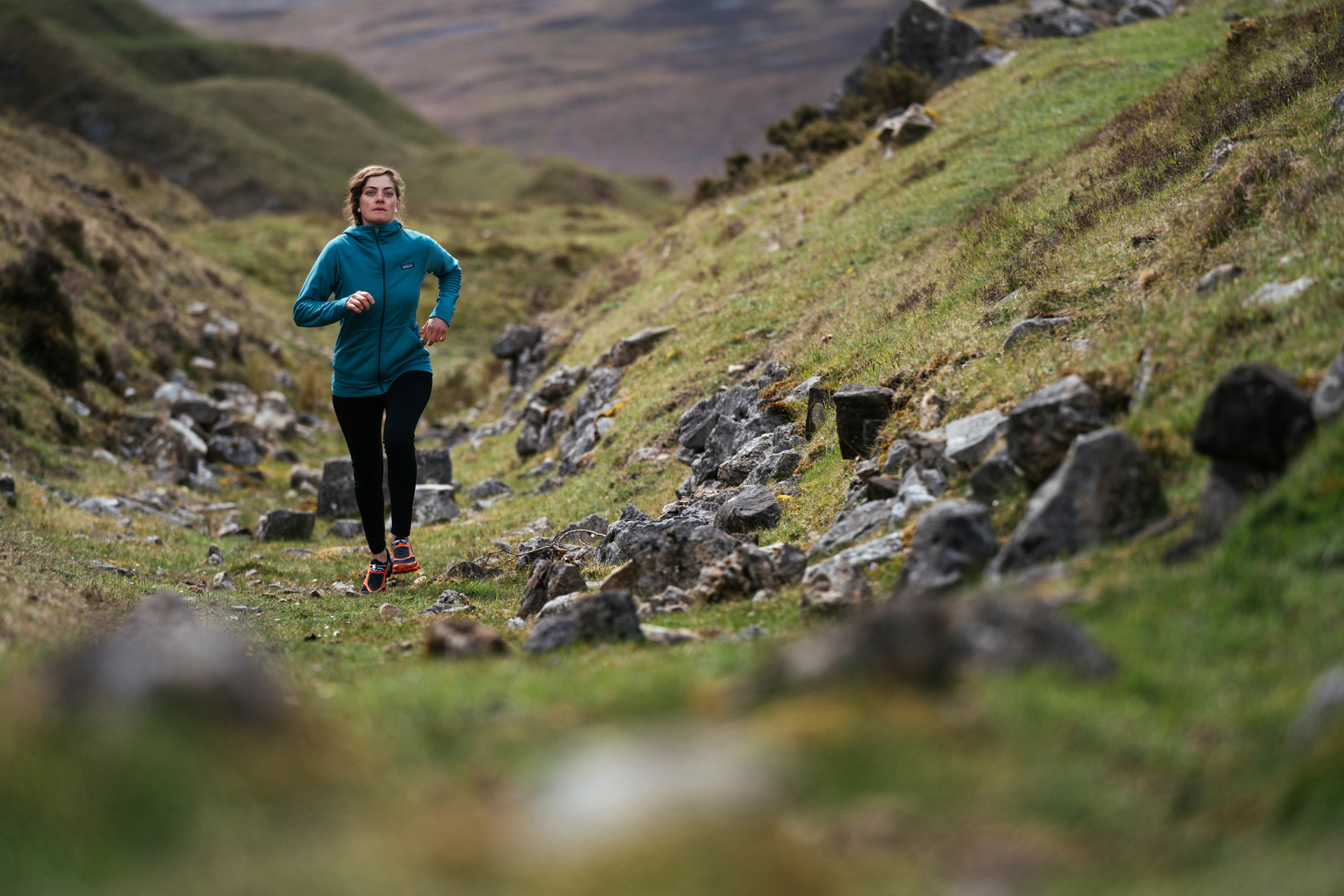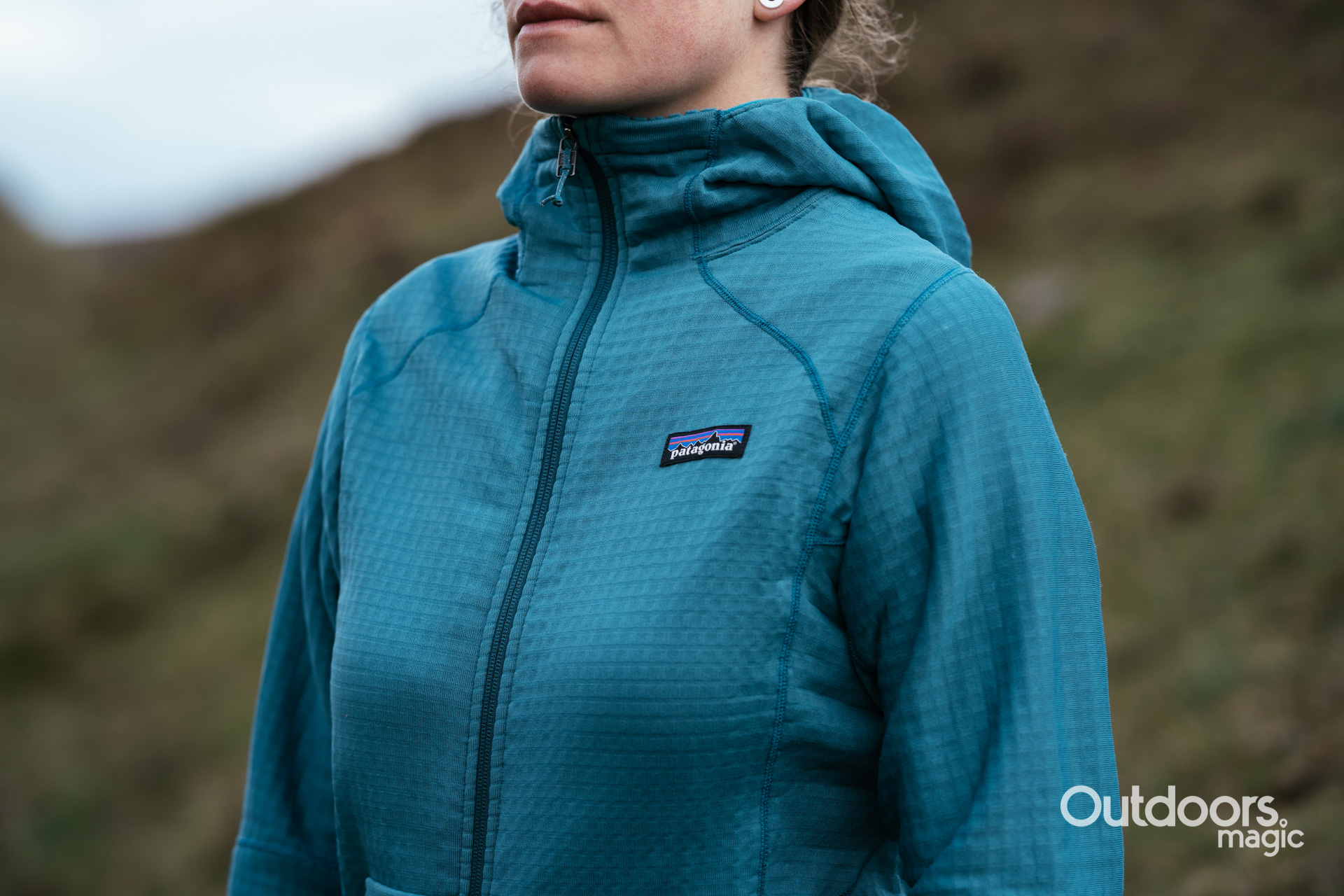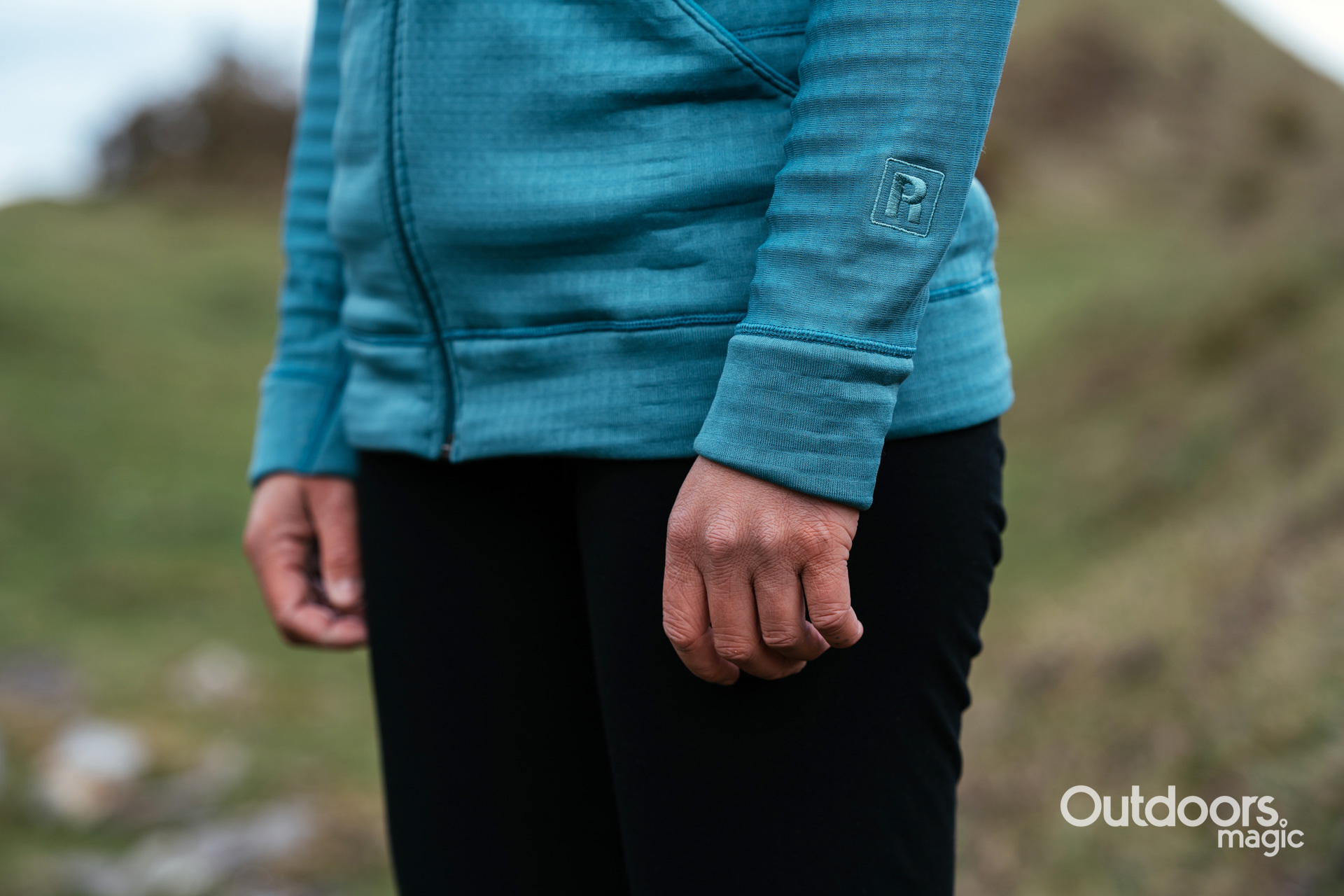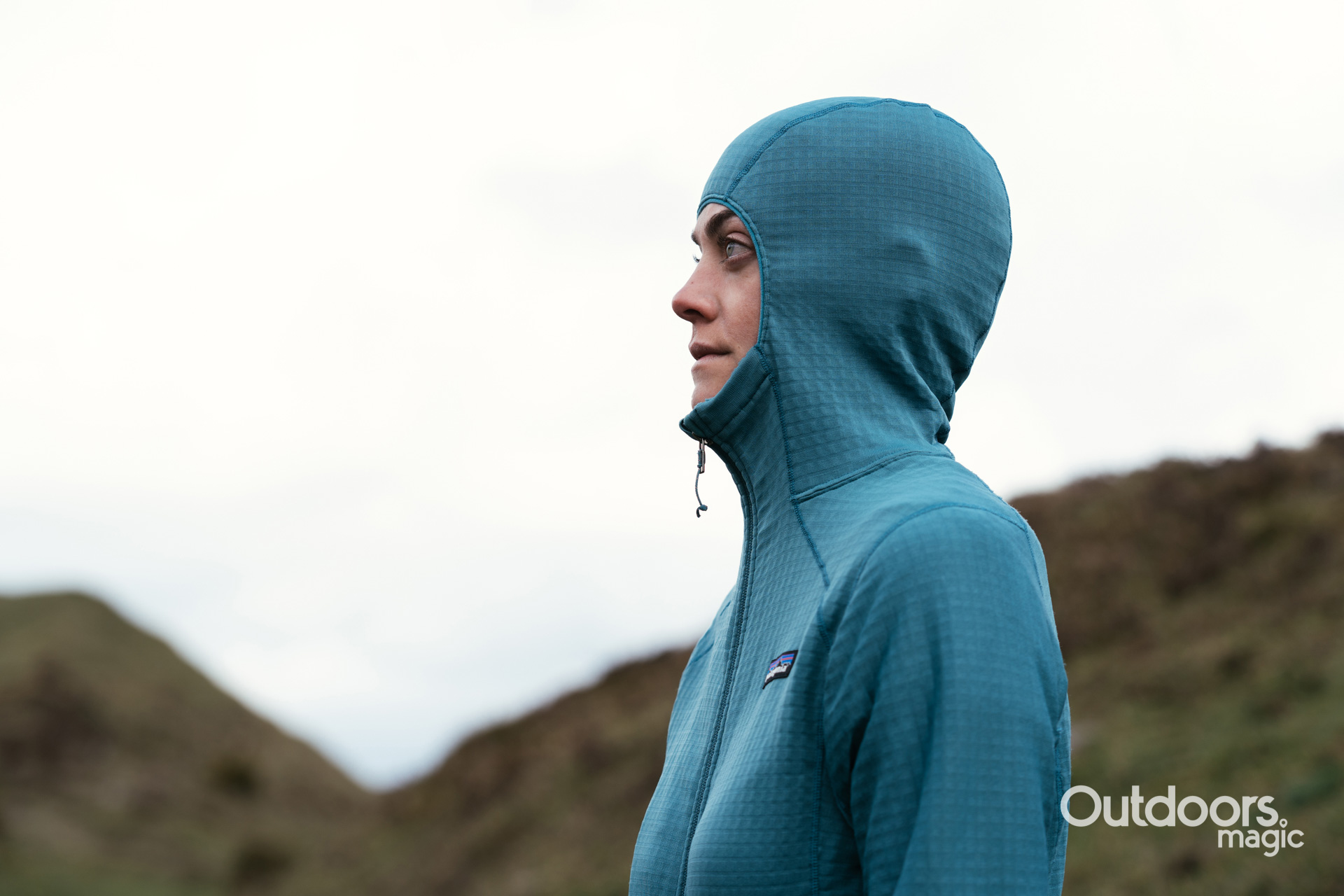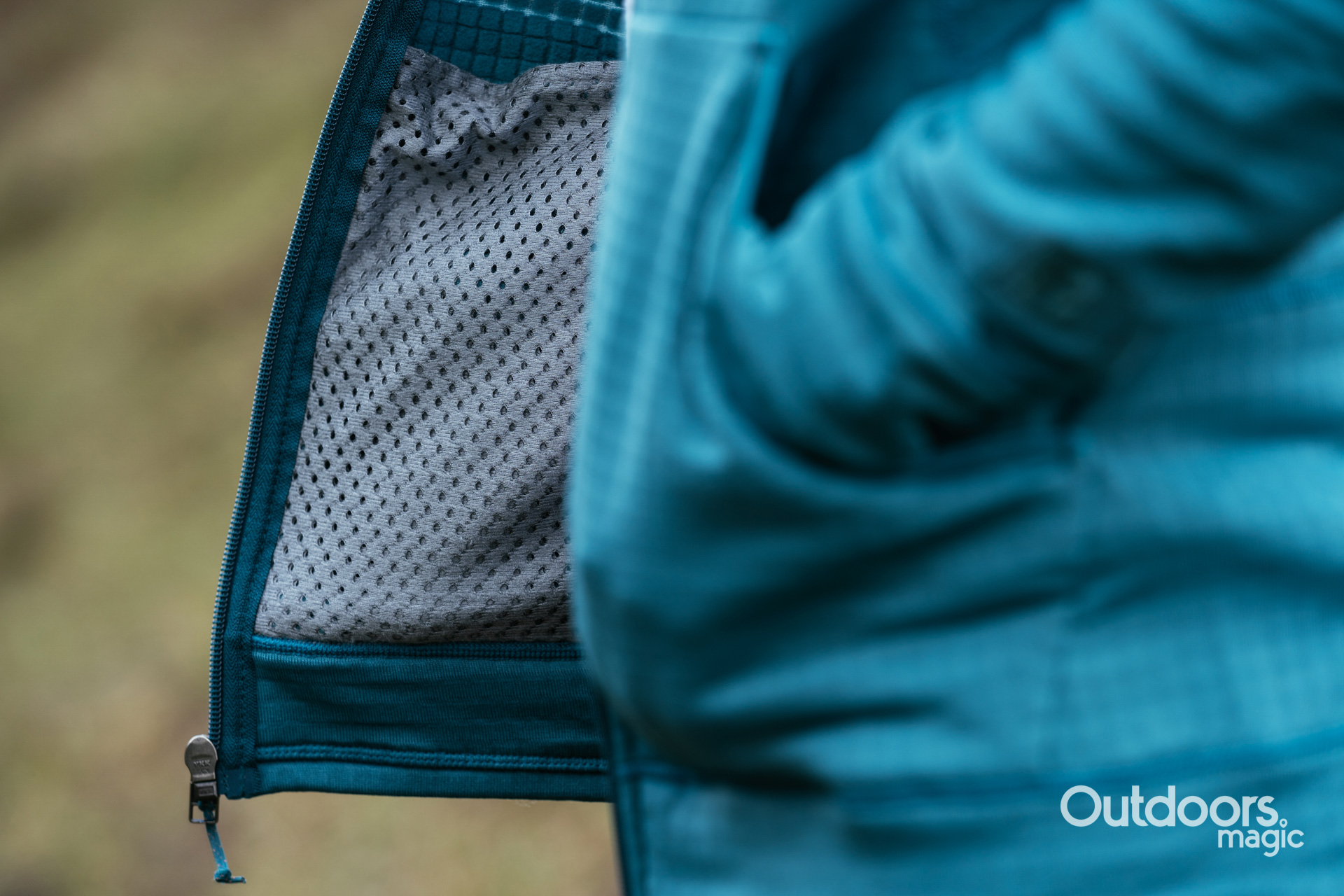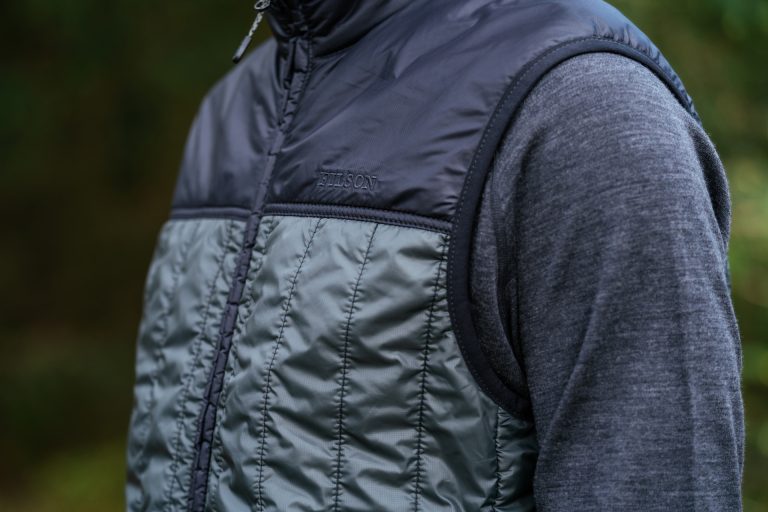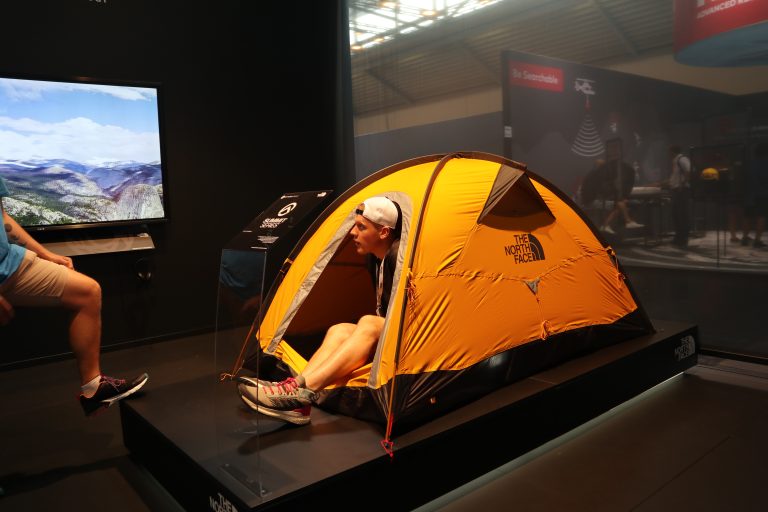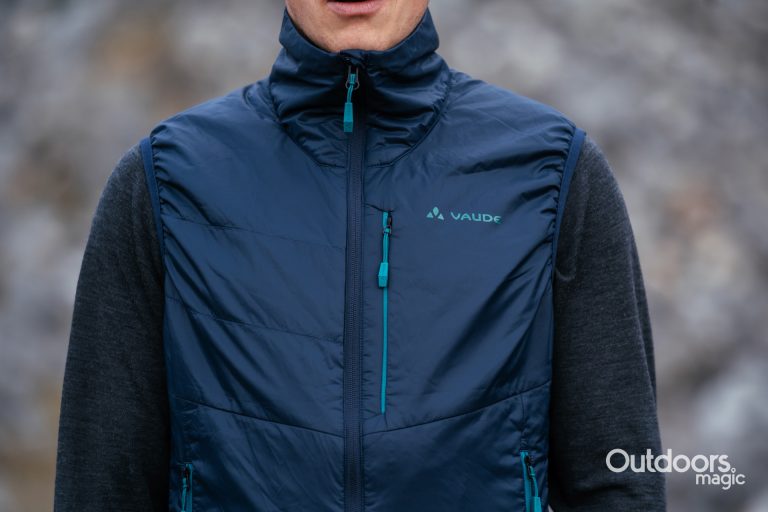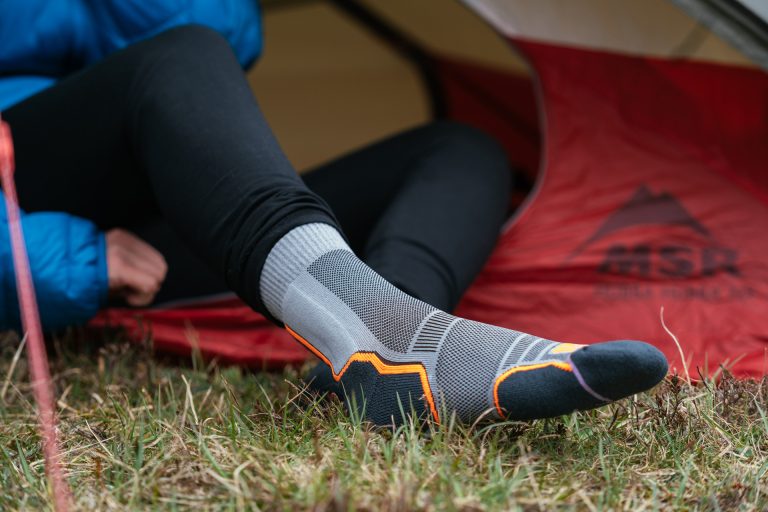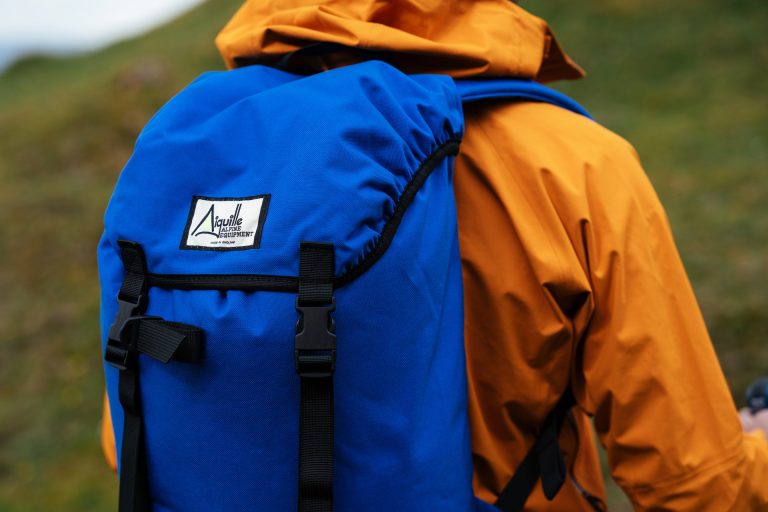Why We Chose The Patagonia R1 Fleece: Minimalist design, versatile, good warmth-to-weight ratio
To the extent that any midlayer could ever be labelled iconic, the R1 is just about the closest to that ballcourt as you’re ever going to get. Multi-sport versatility wrapped up in a minimalist design, the combined effect of Polartec Power Grid construction, a blend of temperature regulating fabrics, and Polygiene permanent odour control here elevates the item to everyday wear status.
Lightweight, breathable, and with outstanding stretch and durability, this thing’s so comfortable you might never want to take it off.
“For cycling, climbing… you name it. This, in our opinion, is well up to the task for a whole range of outdoor activities.”
One of our favourite things about the R1 is its warmth-to-weight ratio. Thanks to the Regulator synthetic fleece, a material that’s lightweight and compressible without skimping on the all-important warmth factor, you’re able to stay as cosy wearing this product as you would with much thicker fleeces. If you hate overbulking your backpack with surplus layers (isn’t that all of us?), you’ll love what this bit of kit brings to the party. It’s all about them squares of lofted hollow-core fibres which trap warm air in thousands of little cavities, and then the thin linear channels between them that allow moisture-heavy air to escape.
The cuffs and hem have been simply and comfortably finished with a neat coverstitch. Then there’s the articulation, with the arms and torso linked up so as to allow you to reach up without the hem lifting up over your waistline.
Reassuringly, it’s made using fair trade certified sewing, and all of the fabrics have bluesign approval – an industry mark that shows efforts towards low impact production.
What would you use this for? Everything. For cold weather running, it’ll breathe and wick away any sweat; for hiking you can wear it in summer over a t-shirt as that bit of warmth on windy days, or, during the colder months, as a base or midlayer underneath a bunch of thick layers. For cycling, climbing… you name it. This, in our opinion, is well up to the task for a whole range of outdoor activities.

